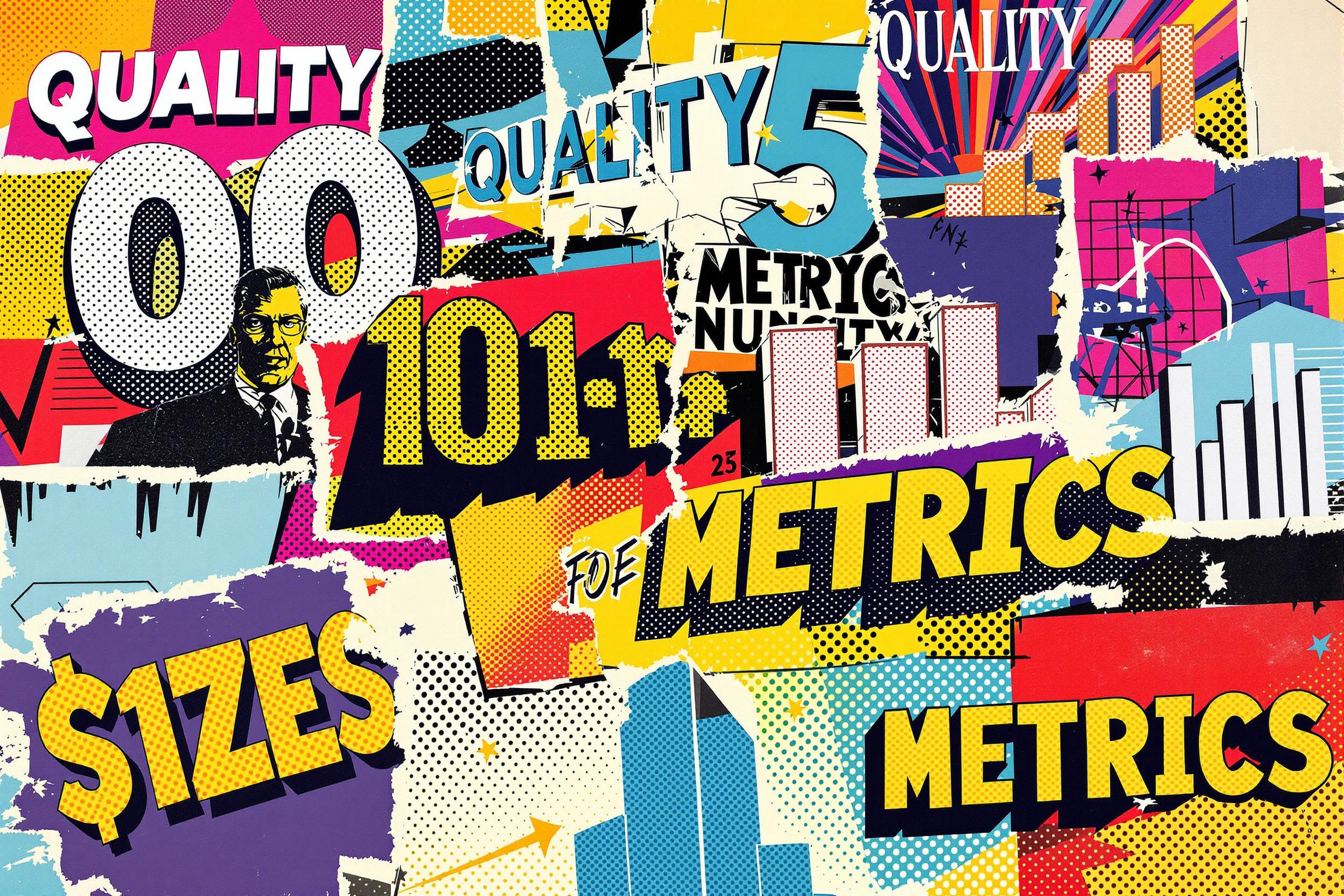
Six Sigma
Six Sigma is a method for making business processes work better and more reliably. Think of it as a systematic way to solve problems and reduce mistakes in any business operation. It uses data and statistics to find where things go wrong and fix them. Companies like General Electric and Motorola have made it famous by using it to save money and improve their services. When someone mentions "Six Sigma" on their resume, they usually have training in fixing business problems and making processes more efficient. You might also see related terms like "Lean Six Sigma" or "Green Belt/Black Belt certification," which show different levels of expertise in this method.
Examples in Resumes
Led team that saved $2M annually using Six Sigma process improvement methods
Certified Six Sigma Black Belt with 5 successful projects in warehouse optimization
Implemented Six Sigma and Lean Six Sigma methodologies to reduce shipping errors by 75%
Typical job title: "Six Sigma Consultants"
Also try searching for:
Where to Find Six Sigma Consultants
Professional Organizations
Online Communities
Learning Resources
Job Boards
Example Interview Questions
Senior Level Questions
Q: Can you describe a complex Six Sigma project you led and its business impact?
Expected Answer: Look for answers that show leadership of full projects from start to finish, with clear metrics on money saved or processes improved. They should mention team leadership, stakeholder management, and specific tools used.
Q: How do you handle resistance to change when implementing Six Sigma initiatives?
Expected Answer: Strong answers will include examples of change management strategies, stakeholder communication, and proven methods for getting buy-in from both management and front-line workers.
Mid Level Questions
Q: Explain how you would identify a process that needs Six Sigma improvement.
Expected Answer: Should describe data collection methods, basic statistical analysis, and ways to measure current performance versus desired outcomes. Should mention customer feedback and business goals.
Q: What tools do you use in Six Sigma projects?
Expected Answer: Should mention common tools like process mapping, cause-and-effect diagrams, and data analysis methods. Should explain when and why to use different tools.
Junior Level Questions
Q: What does DMAIC stand for and why is it important?
Expected Answer: Should explain Define, Measure, Analyze, Improve, Control - the basic problem-solving steps in Six Sigma. Should give a simple example of how it works.
Q: What's the difference between Six Sigma and Lean?
Expected Answer: Should explain that Six Sigma focuses on reducing errors while Lean focuses on reducing waste. Basic understanding of how they work together is important.
Experience Level Indicators
Junior (0-2 years)
- Basic understanding of DMAIC methodology
- Knowledge of basic quality tools
- Data collection and basic analysis
- Green Belt certification
Mid (2-5 years)
- Project management experience
- Advanced statistical analysis
- Team leadership on improvement projects
- Black Belt certification
Senior (5+ years)
- Multiple successful project completions
- Program development and deployment
- Change management expertise
- Master Black Belt certification
Red Flags to Watch For
- No certification or formal training in Six Sigma
- Cannot provide specific examples of improvements made
- Lack of statistical analysis knowledge
- No experience with process measurement or data collection
Need more hiring wisdom? Check these out...

Stop Chasing Unicorns: How to Finally Improve Candidate Quality Metrics (and Actually Enjoy Hiring)

Automated Scorecards in ATS Systems: Your Secret Weapon for Smarter Hiring Decisions

Cracking the Code: Real Strategies to Diversify Tech Hiring

